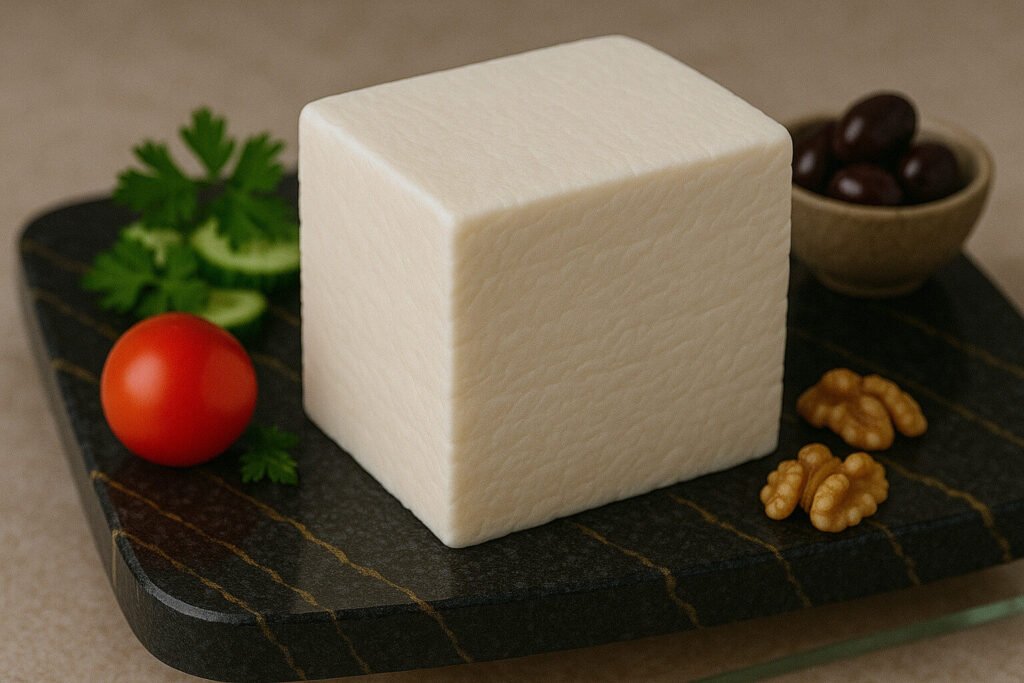Cheese Of Levant
Definition and Scope
Cheese of the Levant refers to traditional dairy products originating from the Eastern Mediterranean region, including Lebanon, Syria, Jordan, and Palestine. These cheeses are typically made from sheep’s milk, goat’s milk, or a blend, and are often preserved in brine. The category encompasses fresh, soft, and semi-hard varieties that have been crafted using time-honored methods passed down through generations.
Halloumi, Ackawi, and Nabulsi are prominent examples within this classification, each with distinct characteristics. These cheeses are integral to the culinary identity of the Levant, featuring prominently in both everyday meals and festive occasions. Their production methods emphasize natural ingredients and traditional techniques, setting them apart from industrial cheese varieties.
Production Methods
Traditional Levantine cheese production begins with raw or pasteurized milk from local sheep, goats, or cows. The milk is heated and coagulated using animal rennet or plant-based alternatives, then cut and drained to separate the curds from the whey. Many varieties undergo a brining process, which preserves the cheese and enhances its salty flavor profile.
Some styles, like Halloumi, are cooked and folded with mint leaves before being stored in brine. Aging periods vary significantly, from fresh cheeses consumed within days to semi-hard varieties aged for several months. Artisanal producers often follow seasonal production cycles tied to animal grazing patterns and milk availability.
Sensory Profile
Levantine cheeses typically present a pronounced salty taste derived from their brining process. Texture ranges from the squeaky, firm consistency of Halloumi to the soft, crumbly nature of Ackawi. Many varieties feature mild to moderate tanginess with underlying milky or yogurt-like notes, particularly in fresh preparations.
When heated, certain types like Halloumi maintain their structure rather than melting, developing a golden-brown crust. Aged versions develop more complex flavors with nutty or sharp characteristics. The balance between saltiness, acidity, and fat content creates distinctive tasting experiences across different varieties.
Culinary Applications
These cheeses serve both table and cooking purposes throughout Levantine cuisine. Halloumi is famously grilled or pan-fried, often served with vegetables or in sandwiches. Soft, brined cheeses like Feta-style varieties are crumbled over salads or incorporated into pastries such as fatayer and borek.
Nabulsi cheese is commonly used in sweet dishes like knafeh, where its mild saltiness contrasts with sugary syrup. Many varieties are eaten fresh with bread, olives, and herbs as part of traditional mezze spreads. Their high melting resistance makes several types ideal for frying and baking applications.
Regional Variations
Lebanon produces distinctive varieties including Darfiyeh, a stretched-curd cheese aged in goat skins. Syrian cheese-making traditions feature Jibneh Arabieh, a semi-soft white cheese commonly used in baking. Palestinian Nabulsi cheese is characterized by its dense texture and flavoring with mahlab and mastic.
Jordanian Bedouin communities create traditional cheeses like Jameed, a dried yogurt product used in mansaf, the national dish. Cypriot Halloumi has gained protected designation of origin status, highlighting its specific production methods and geographical ties. These regional differences reflect local ingredients, cultural practices, and historical trade routes.

